Get Tech Tips
Subscribe to free tech tips.
Electronic Leak Detection
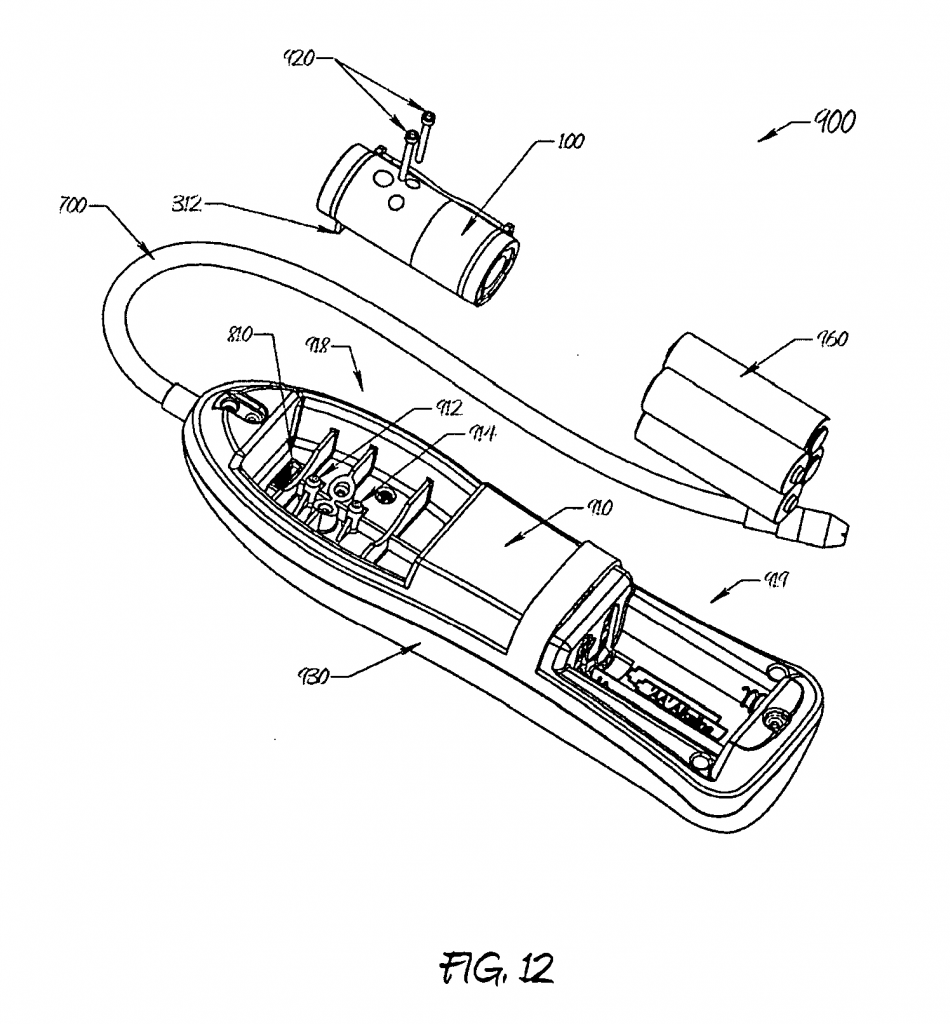
Electronic leak detection is a critical part of any HVAC technician's common practice. Unfortunately, it is also one of the most common sources of misdiagnosis. Here are my tips to make your leak detection more successful:
Use Your Senses First and Your Detector Second
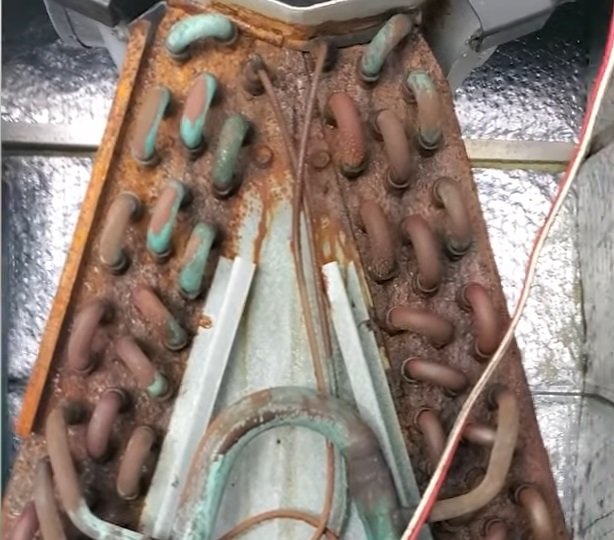
Before starting to use your detector, STOP! Look for signs of leaks and corrosion throughout the entire system. Oil spots are also common indicators of leaks, so be sure to note any oily areas.
I see so many techs who use an electronic leak detector with a very large, evident leak. Really, they would have been better off pressurizing and pinpointing the leak with soap bubbles. Refrigeration Technologies Big Blu is a reliable bubble solution that many of us at Kalos use to pinpoint leaks.
Get a Good Leak Detector

For the best chances at successful electronic leak detection, use a high-quality leak detector. Hint: if it costs less than $250, it probably isn't great.
I find that corona discharge leak detectors pick up too many other chemicals to be useful. So, I don't recommend those.
I'm a fan of the H10G and the H10Pro, although we are testing the Tifzx-1 as a possible option on the recommendation of a few good techs I trust. Those are heated-diode leak detectors, and they are the gold standard for sensitivity.
Some infrared leak detectors are also solid options. They're not quite as sensitive as heated-diode leak detectors, but they have long-lasting sensors and are less susceptible to false positives than the heated-diode types.
I wasn't a fan of ultrasonic leak detectors, but Craig Migliaccio (AC Service Tech) helped change my mind. These leak detectors make a squealing noise when it detects vapor passing over the oil (or water on the coil exterior); it amplifies the sounds of leaks we can't normally hear.
Test Your Tools
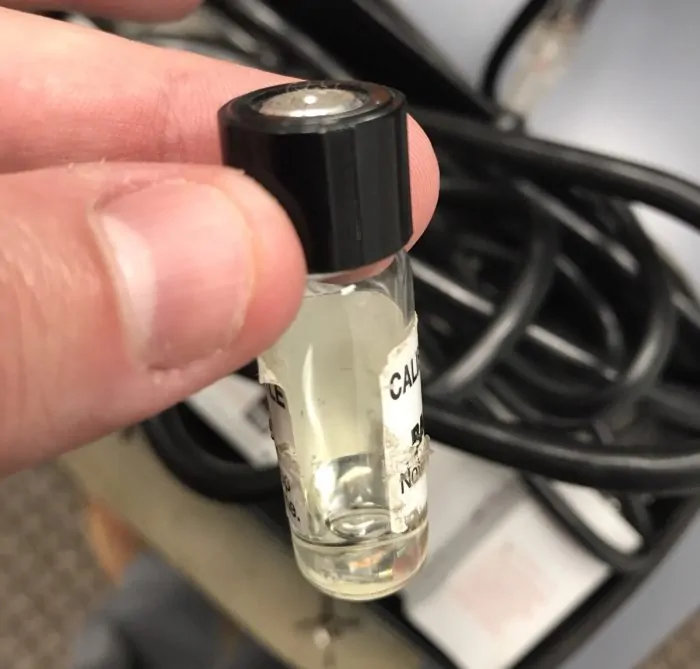
Check your detector and make sure it actually works EVERY TIME. A test vial with refrigerant will help you determine if the leak detector's sensitivity is up to par.
Some leak detectors, like the H10G, come with a reference bottle for testing. USE IT.
If you find that the sensor is getting weak or has fouled, you will need to replace it. In general, I find that I need to replace my heated-diode leak detector's sensor at least once every 100 hours of operation. Of course, I also replace the sensor immediately after I notice that it has been fouled by moisture or oil.
Understand How to Use Your Leak Detector
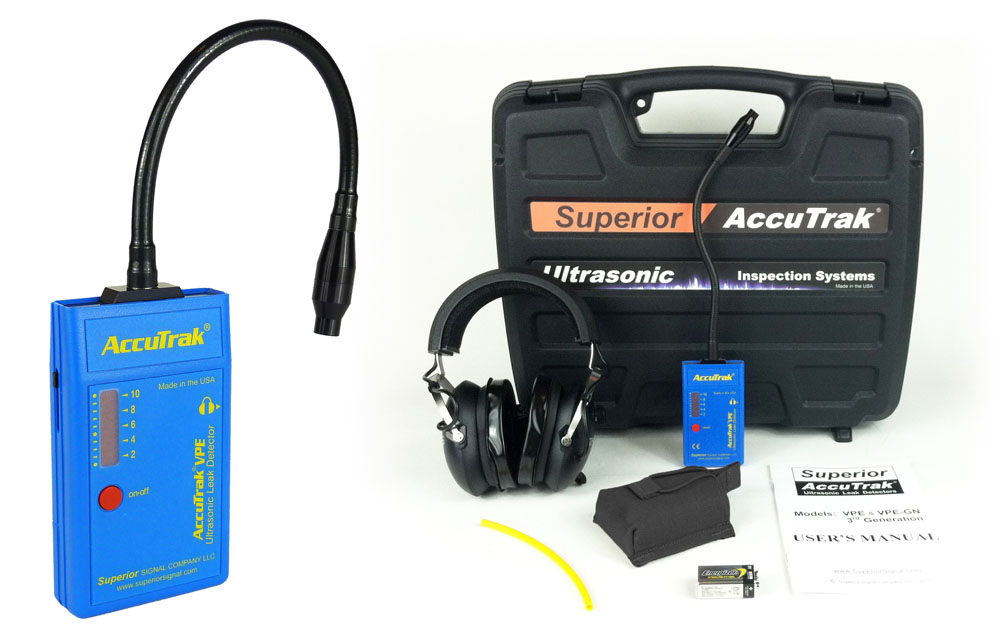
Since there are several types of leak detectors, you have to know how to use each one appropriately.
For example, heated-diode leak detectors require some warm-up time for the sensor. With the H10G, I allow it to run for at least 5 minutes before I start to use it.
The sensors of infrared detectors continuously compare samples of the air. So, they need to stay moving at all times. The constant motion required may also make it trickier to pinpoint a leak. So, to pinpoint a leak, it's best to use soap bubbles or a liquid leak reactant.
Ultrasonic leak detectors often come with headphones, which you must wear to hear the squeal of a leak. When vapor tries to pass over a liquid, such as the oil lining the copper, it makes a noise that we can't hear with the naked ear. Craig Migliaccio talked all about ultrasonic leak detectors on the HVAC School podcast, and you can listen to his perspective and tips HERE.
In general, it's best to choose a leak detector that you feel comfortable with and can use with confidence.
Start at The Top
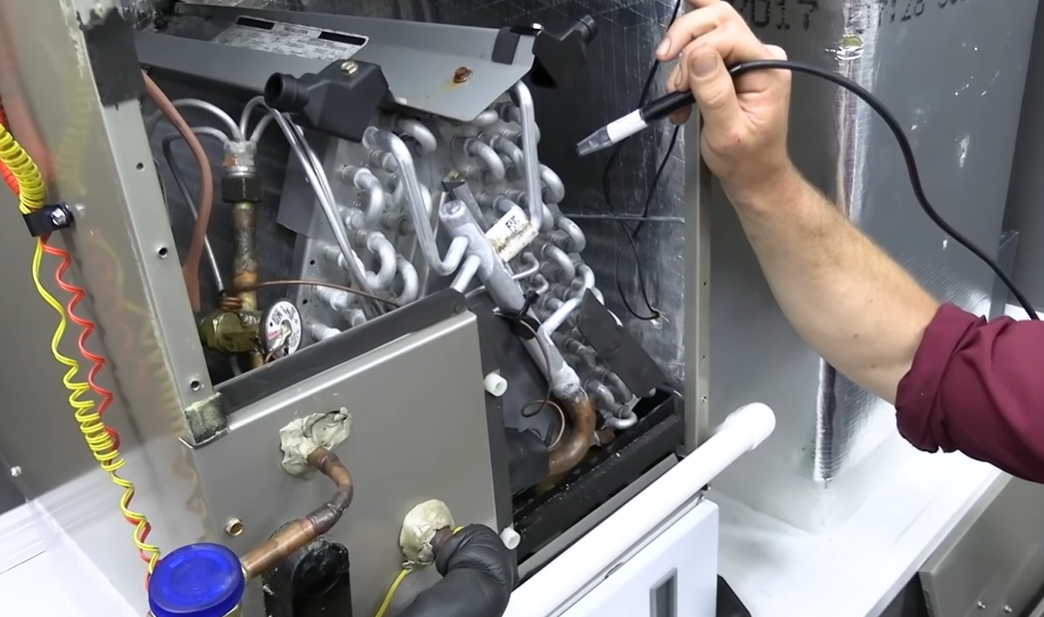
Most refrigerants are heavier than air, so starting at the top and working your way down will help keep you from picking up a leak below the actual point of origin. You can pinpoint a leak more reliably by starting at the top and working your way down.
Don't Rush and Use Common Sense
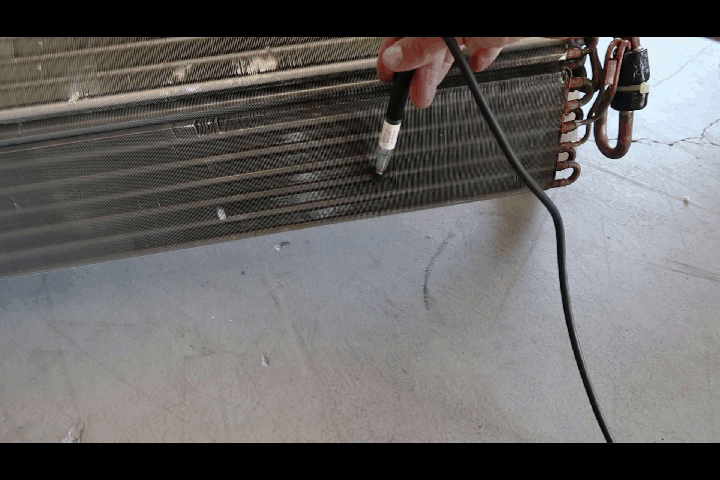
No matter what leak detector manufacturers tell you, there ARE other substances that can trigger your detector. Refrigerant vapor can also move from one place to another due to drafts. I have seen several cases where chemicals in a garage are triggering the detector. I've also seen cases where a technician has misdiagnosed an evaporator coil because of a chase leak where the refrigerant was being pulled from beneath the unit into the return. Take the time to look around and make sure there is nothing that could interfere with your electronic leak detection.
Once you're actually doing the leak detection, you have to move really slowly. When you do get a hit, remove the wand, let it clear, and go back to the same point a few times before calling it a leak. Once you think you've found a leak, attempt to use bubbles to fully confirm.
Be Sure

Before you condemn that coil, BE SURE you have a leak! Use all of your resources to positively confirm the exact location of the leak. Again, I can't emphasize the importance of a good leak reactant or bubble solution enough. When it comes to electronic leak detection, a little patience goes a long way.
—Bryan
P.S. – Bert made a video with all of his leak search tips. You can watch that HERE.
P.P.S. – We recently released the ultimate leak prevention and detection guide as a tech tip. You can read that mega tech tip HERE.











Comments
Make sure you test your leak detector on soap bubbles. Several that I have tested will go off when it picks up the scent of soap bubbles, the H10 will not.
I also recommend using r-22 as a trace Gas, even in 410a systems. The detectors pick it up better, and it’s perfectly legal to vent it when your done.
Make sure you test your leak detector on soap bubbles. Several that I have tested will go off when it picks up the scent of soap bubbles, the H10 will not.
I also recommend using r-22 as a trace Gas, even in 410a systems. The detectors pick it up better, and it’s perfectly legal to vent it when your done.
To leave a comment, you need to log in.
Log In